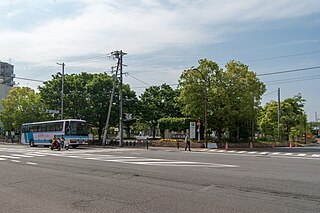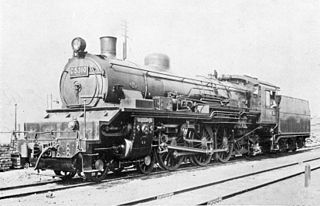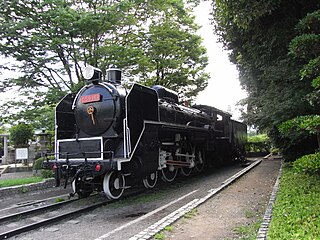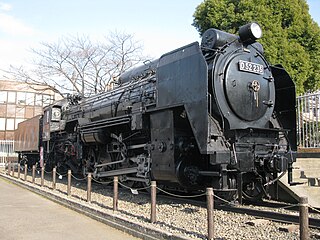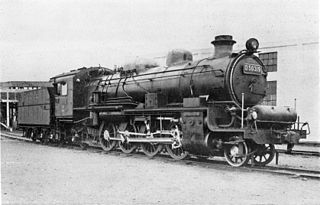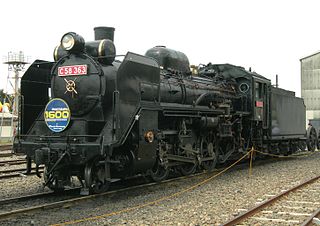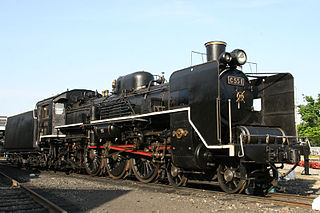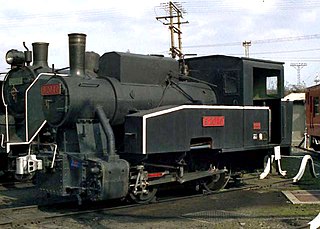Self-guided Sightseeing Tour #1 in Kyoto, Japan
Legend
Guided Free Walking Tours
Book free guided walking tours in Kyoto.
Guided Sightseeing Tours
Book guided sightseeing tours and activities in Kyoto.
Tour Facts
2.5 km
21 m
Experience Kyoto in Japan in a whole new way with our self-guided sightseeing tour. This site not only offers you practical information and insider tips, but also a rich variety of activities and sights you shouldn't miss. Whether you love art and culture, want to explore historical sites or simply want to experience the vibrant atmosphere of a lively city - you'll find everything you need for your personal adventure here.
Activities in KyotoIndividual Sights in KyotoSight 1: Koshoji Temple
Koshōji is the head temple of the Honganji sect of Shin Buddhism located in Hanazono-cho, Shimogyo-ku, Kyoto. The mountain name is Entonzan. The principal image is Amida Nyorai. It is situated immediately south of Nishi Honganji. Once a side gate of Nishi Honganji, it became the head temple of the Honganji sect when it gained independence in 1876. The chief priest is from the Hanazono family, the temple's lineage. As a head temple, it is a large complex, but because it is adjacent to the grand Nishi Honganji, it can easily be mistaken for part of its precincts.
Sight 2: Fudoudo Myououin
Fudodo Myōin is a temple located in Shimogyo-ku, Kyoto, Japan. The main statue is a statue of Fudo Myō called Spirit Stone Fudo, and since it is sealed deep in the ground, it is now worshipped as a statue of Fudo Myō in front of the Imperial Palace. It seems to have been an esoteric temple in ancient times, but now it is a Nishiyama sect of the Pure Land sect. The temple crest is a double cherry blossom, which can be seen as a relationship with Emperor Uda. The name is written as Fudodo, but it is familiar to the locals as "Fudondo".
Sight 3: Kyoto Aquarium
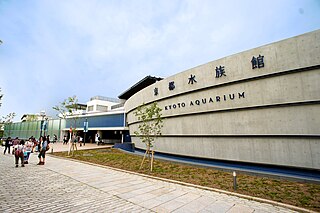
Kyoto Aquarium(京都水族館) is an aquarium located in Umekoji Park in Kyoto City, Kyoto Prefecture's Shimogyo Ward, Japan.
Sight 4: Umekoji Park
Umekoji Park is a municipal urban park (general park) that straddles Kankiji-cho, Hachijo-bomon-cho, and Umekojitou-cho, Shimogyo-ku, Kyoto-shi, Kyoto Prefecture.
Sight 5: C53-45
The Class C53 (C53形) is a type of 4-6-2 steam locomotive built in Japan from 1928 to 1929. The locomotives were designed by Hideo Shima and built by Kawasaki Heavy Industries Rolling Stock Company, Kisha Seizo, Mitsubishi Heavy Industries and Hitachi. A total of 97 Class C53 locomotives were built.
Sight 6: C51-239

The Class C51 (C51形) is a type of 4-6-2 steam locomotive built by Kisha Seizo Mitsubishi and Japanese National Railways (JNR) Hamamatsu Works. The C classification indicates three sets of driving wheels. The C51 introduced 1.75 m diameter driving wheels to Japan. C51s raised the average speed on the Tōkaidō Main Line from 47.3 km/h (29.4 mph) to 55.3 km/h (34.4 mph). In 1930, a C51 hauled the first Tsubame (swallow) express, reducing travel time between Tokyo and Kōbe to 9 hours.
Sight 7: C59-164
The Class C59 is a type of 4-6-2 steam locomotive designed by Hideo Shima and built by Japanese National Railways. The C classification indicates three sets of driving wheels. The C59 could haul 17 passenger cars. World War II limited their use as express trains, a function for which they were designed. C59s were transferred to Kyushu after electrification of the trunk lines after the war. 47 were rebuilt into Class C60 Hudsons between 1953 and 1961 at the railway's Hamamatsu works and Koriyama works. In 1970, the locomotives were retired. Only three are preserved. C59 1 is preserved at the Kyushu Railway History Museum on display. C59 164 is preserved at the Kyoto Railway Museum. C59 161 is preserved at the Hiroshima Children’s Museum.
Sight 8: D52-468
The Class D52 is a type of 2-8-2 steam locomotive built by the Japanese Government Railways and various manufacturers: Kisha Seizo, Nippon Sharyo, Kawasaki Heavy Industries Rolling Stock Company, Hitachi, and Mitsubishi Heavy Industries from 1943 to 1946. The name consists of a "D" for the four sets of driving wheels and the class number 52 for tender locomotives that the numbers 50 through 99 were assigned to under the 1928 locomotive classification rule.
Sight 9: D50-140
The Class D50 is a type of 2-8-2 steam locomotive built by the Japanese Government Railways (JGR), the Japanese National Railways (JNR) and various manufacturers from 1923 to 1931. The class name indicates that the locomotive has four sets of driving wheels (D) and belongs to one of the classes of tender locomotive allocated a number in the series 50 to 99 in the Japan Railways locomotive numbering and classification scheme of 1928. Hideo Shima designed the rest of the class until 1931.
Sight 10: C58-1
The Class C58 is a 2-6-2 wheel arrangement steam locomotive type built by the Japanese Government Railways (JGR) and Japanese National Railways (JNR) from 1938 to 1947. A total of 427 Class C58 locomotives were built and designed by Hideo Shima. Two members of the class are preserved in working order.
Sight 11: C55-1
The Class C55 (C55形) is a type of 4-6-2 steam locomotive built in Japan from 1935 to 1937. A total of 62 Class C55 locomotives were built and designed by Hideo Shima.
Sight 12: D51-1
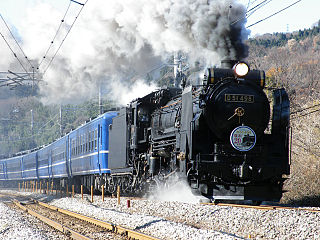
The Class D51 (D51形) is a type of 2-8-2 steam locomotive built by the Japanese Government Railways (JGR), the Japanese National Railways (JNR), and Kawasaki Heavy Industries Rolling Stock Company, Kisha Seizo, Hitachi, Nippon Sharyo, Mitsubishi, and Mitsubishi Heavy Industries from 1936 to 1945 and 1950 to 1951. 174 units are in preservation in Japan, including five operational examples. A further 13 are preserved in Russia and Taiwan, bringing the total number of preserved units to 187.
Sight 13: C62-1
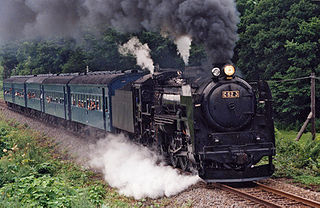
The Class C62 (C62形) is a type of 4-6-4 steam locomotive designed by Hideo Shima and built by the Japanese National Railways (JNR). The "C" classification indicates three sets of driving wheels. The C62 was rebuilt with the boilers of older Class D52 2-8-2 locomotives.
Sight 14: 7105
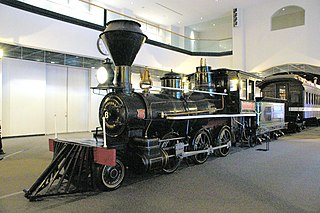
The JGR Class 7100 is a class of Japanese steam locomotive which was first used in Hokkaido, upon the establishment of the government-sponsored Horonai Railway in 1880. The locomotives were imported from the United States.
Sight 15: C11-64
The Class C11 (C11形) is a type of 2-6-4T steam locomotive built by the Japanese Government Railways and the Japanese National Railways from 1932 to 1947. A total of 381 Class C11 locomotives were built and designed by Hideo Shima.
Sight 16: 9633
The Class 9600 (9600形) is a type of 2-8-0 steam locomotive built by Japanese Government Railways from 1913. The Class 9600 was the first type of locomotive to be mass-produced by Japanese manufacturers. The Class 9600 were popularly known as Kyuroku (nine-six), and were extensively used for freight service throughout Japan. They were numbered 9600-9699, 19600-19699, 29600-29699, 39600-39699, 49600-49699, 59600-59699, 69600-69699 and 79600-79669. All 770 remained in service until the 2nd of March 1976, when all steam-hauled service on JNR's network has been phased out.
Sight 17: 1080
The 6200 type is a tender steam locomotive manufactured by the Nelson Company of the United Kingdom in 1897 (Meiji 30) and 1900 (Meiji 33) and imported by a government railway.
Sight 18: B20-10
The Class B20 is a type of 0-4-0T steam locomotive built for the Japanese Government Railways during the period 1944–47. They were built by Tateyama Heavy Industries who manufactured a total of fifteen Class B20 locomotives.
Sight 19: C56-160
The Class C56 is a type of 2-6-0 steam locomotive built by the Japanese Government Railways (JGR) from 1935 to 1939, and later operated by Japanese National Railways (JNR). They were numbered C56 1-C56 164 a total of 164 were built from 1935 to 1939 locomotives numbered C56 1-C56 90 and C56 161-C56 164 were sent to other countries in Asia during the Second World War. The locomotives were retired in 1974. They were designed by Hideo Shima.
Sight 20: C57-1
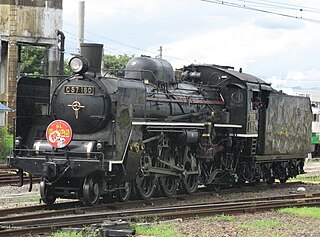
The Class C57 (C57形) is a type of 4-6-2 steam locomotive built in Japan from 1937 to 1947. A total of 201 Class C57 locomotives were built and designed by Hideo Shima. Another 14 Class C57 locomotives were built for export to Taiwan in 1942 and 1953.
Sight 21: 8630
The Class 8620 (8620形) is a type of 2-6-0 steam locomotive built in Japan from 1914 to 1929. It was Japan's first mass-produced passenger locomotive. A total of 672 Class 8620 locomotives were built. Originally they had a symmetry of line with shapely cast iron chimneys which gave way to plainer chimneys and smoke deflectors were added in later years.
Sight 22: Kyoto railway museum
Get Ticket*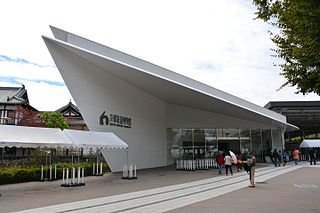
The Kyoto Railway Museum is a railway museum in Shimogyō-ku, Kyoto, Japan. The original Umekoji Steam Locomotive Museum opened in 1972, but was expanded and modernized in 2016, becoming the Kyoto Railway Museum.
Sight 23: C61-2

The Class C61 (C61形) is a class of steam locomotives formerly operated in Japan. The class was the first type in Japan to use the 4-6-4 "Hudson" wheel arrangement and was designed by Hideo Shima. A total of 33 locomotives in the class were built between 1947 and 1949. The locomotives were not built entirely from scratch, however, but used boilers from former D51 2-8-2 "Mikado" freight locomotives.
Share
Disclaimer Please be aware of your surroundings and do not enter private property. We are not liable for any damages that occur during the tours.
GPX-Download For navigation apps and GPS devices you can download the tour as a GPX file.


